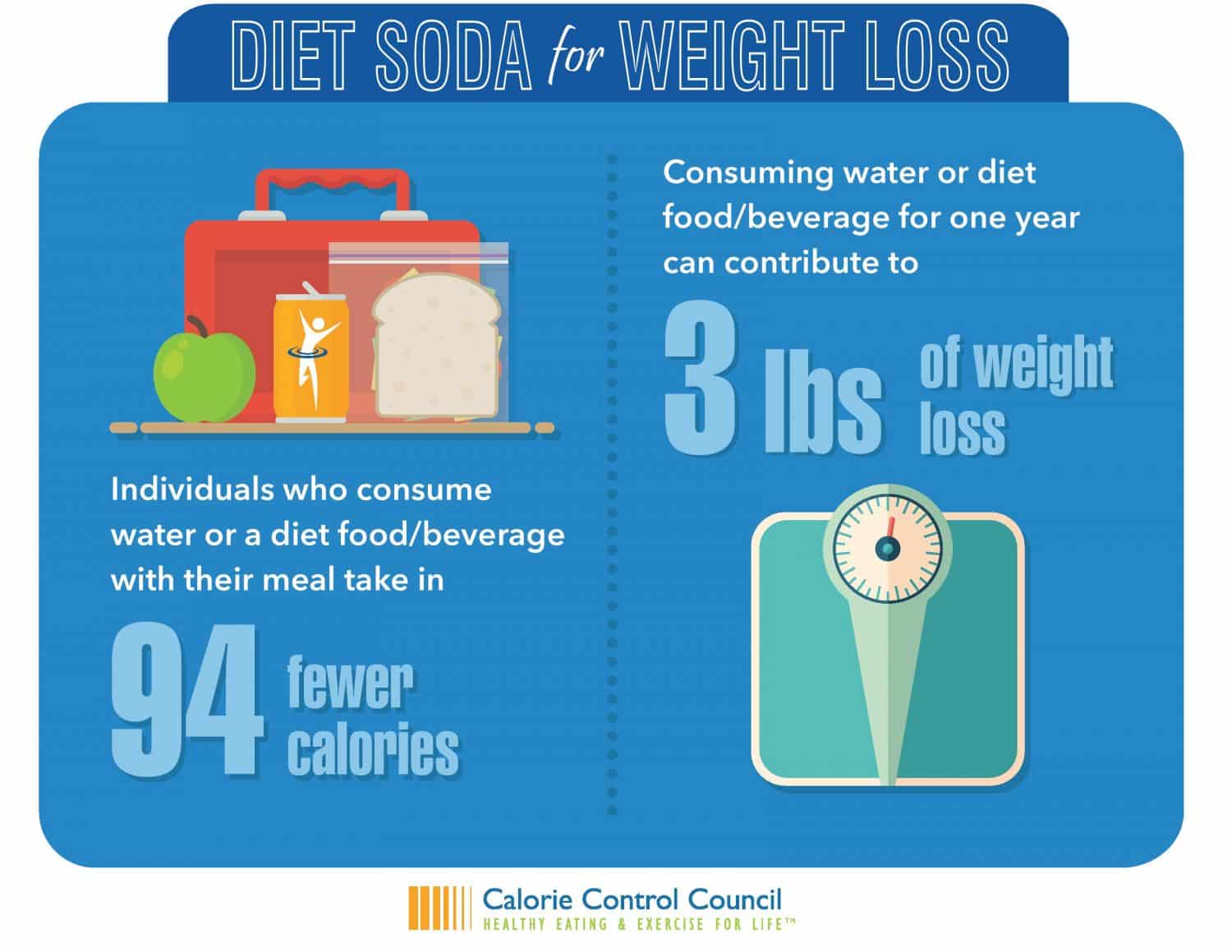The Science Behind Successful Weight Loss Programs: What You Need To Know
The Science Behind Successful Weight Loss Programs: What You Need To Know
Blog Article
Short Article By-Currin Scarborough
Fat burning is a subject that has gathered considerable interest recently, with numerous programs and strategies declaring to provide the best service. However, in the middle of the noise and confusion, it is crucial to comprehend the scientific research behind effective weight reduction programs.
This article intends to provide a thorough overview of the key principles that underpin reliable weight reduction techniques. It will delve into the role of calories in weight loss, debunk common misconceptions surrounding weight-loss, and stress the value of lasting way of living changes.
By getting a much deeper understanding of the clinical structures of weight loss, visitors will certainly be outfitted with the understanding necessary to make enlightened choices about their very own weight loss trip.
The Function of Calories in Weight Management
The duty of calories in weight-loss can be understood through an extensive understanding of energy balance and the value of producing a calorie deficit.
When it pertains to weight-loss, the essential principle is that in order to drop extra pounds, you need to consume less calories than you melt. This develops a calorie deficiency, which compels the body to tap into its fat shops for energy.
Calories are systems of power that are found in the food we consume, and they give the fuel necessary for the body to work. By eating less calories than your body requirements, you compel it to utilize stored fat as an energy source, eventually bring about fat burning.
As a result, monitoring and controlling calorie consumption is a critical element of any kind of effective weight management program.
Debunking Common Weight Loss Myths
False impressions about weight management commonly lead people to make ineffective choices when it comes to their diet regimen and workout routines. https://remingtonyiqzi.blogadvize.com/40590800/the-ultimate-overview-to-selecting-the-right-weight-management-program-for-your-body is important to debunk these usual fat burning myths in order to offer exact information and aid individuals make educated choices.
Here are some common misconceptions that require to be dealt with:
- Myth 1: Crash diets are the most effective means to reduce weight rapidly.
- Misconception 2: Removing whole food groups is required for weight management.
- Myth 3: Cardio is the only type of exercise that helps in weight loss.
- Misconception 4: Supplements and fat burners are the trick to shedding extra pounds.
The Value of Lasting Way Of Life Changes
Lasting way of living modifications are important for long-term weight reduction success, as they call for regular and disciplined initiatives. While quick-fix diets might offer short-term results, preserving weight reduction requires a change in routines and habits that can be maintained over time.
Taking on a well balanced and nourishing diet, enhancing exercise, and handling anxiety levels are all vital parts of lasting way of living changes. https://www.self.com/story/signs-your-fitness-routine-is-working is necessary to concentrate on making progressive and practical adjustments to one's everyday routine, instead of depending on extreme measures or restrictive diets.
click here for more
In conclusion, effective weight-loss programs rely upon recognizing the duty of calories, exposing usual misconceptions, and executing lasting way of living adjustments.
Just as a well-balanced range represents the relevance of calorie equilibrium, disproving misconceptions works as a magnifying glass, exposing the reality behind fat burning.
Finally, sustainable way of life adjustments act as a compass, guiding people towards lasting success and a healthier future.
By welcoming these concepts, individuals can unlock the trick to achieving their weight-loss goals.
